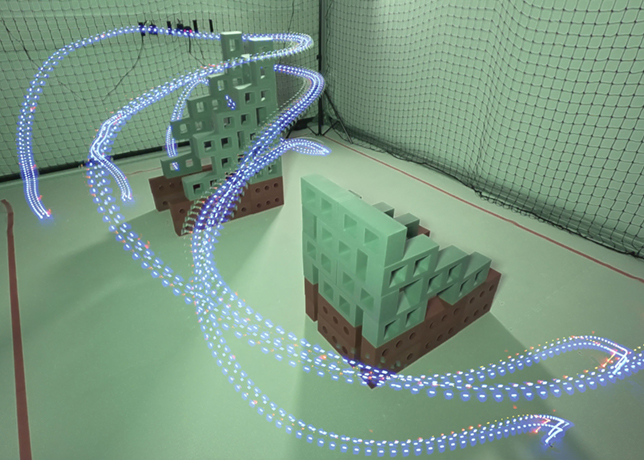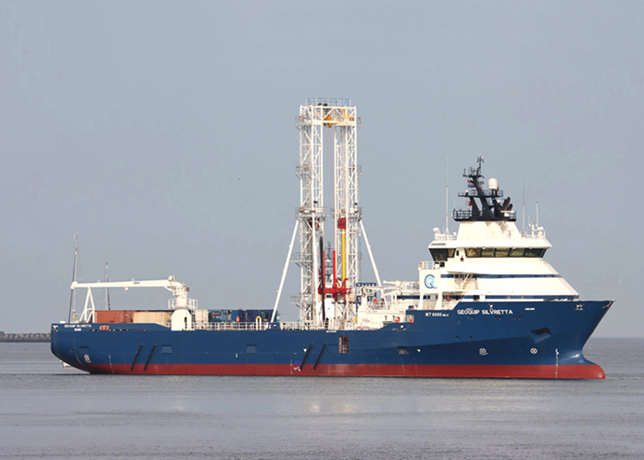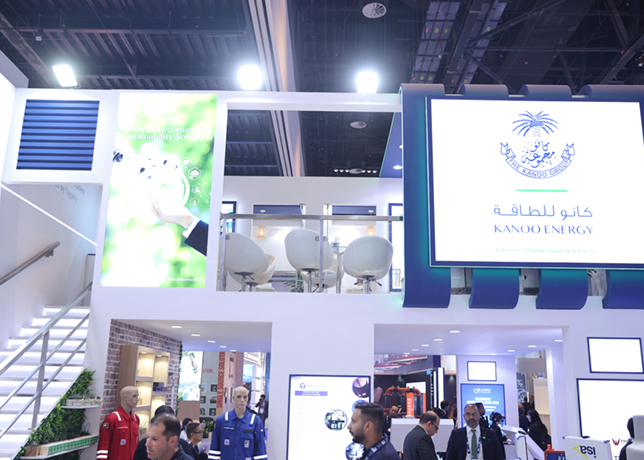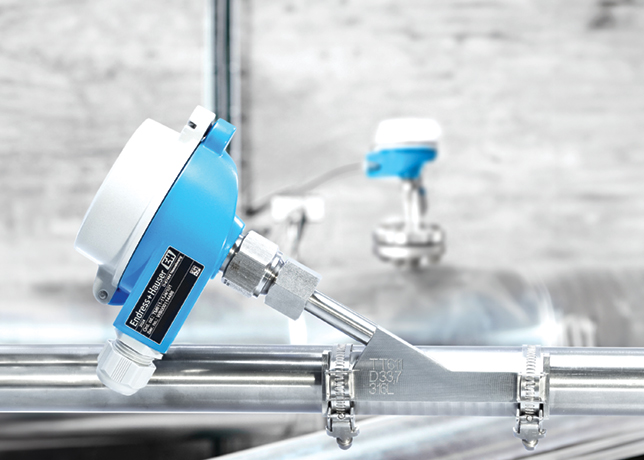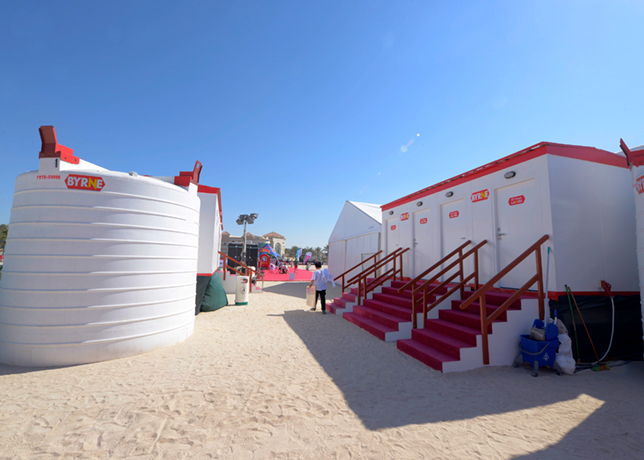
 Jeevakaruniyam ... safety and asset integrity focus
Jeevakaruniyam ... safety and asset integrity focus
In comparison to traditional techniques of moisture measurement, the Endress+Hauser J22 moisture analyzer offers continuous, reliable moisture measurement for increased safety and asset integrity, Anand Jeevakaruniyam, Business Development Manager, Optical Analysis, tells OGN
One of the main reasons for pipeline explosions, when natural gas is transported through pipelines to downstream industries, is the presence of moisture.
When moisture condenses inside the pipeline, it may combine with hydrogen sulfide (H2S) and carbon dioxide (CO2) to become more acidic.
This causes pitting inside the pipeline, damaging it and other downstream equipment over a period. Hence, one of the critical processes before the natural gas is transported through pipelines is removal of moisture.
Figure 1 shows the internal corrosion in the pipeline which is mainly due to the water molecules combining with H2S and CO2.
 |
Figure 1 ... internal corrosion in a pipeline |
The moisture in the pipeline is not only monitored for the protection of pipeline and assets, but also to maintain the quality of the natural gas being transported as the presence of moisture will always lower the heating value of natural gas.
Traditionally, the moisture content is monitored using various technologies, such as aluminum oxide, quartz crystal micro-balance, silicon sensors, etc. All these techniques have limitations in providing a reliable measurement.
In most of the cases, the moisture measurement using these technologies misleads the operator, ending in taking wrong decisions.
 |
Figure 2 ... principles of operation of the J22 |
Another challenge while using the traditional techniques is the presence of the contaminants such as methanol, glycol, amines, H2S, chlorides or mercury, which affects the measurement performances, as they are primarily a contact-based measurement, that is, natural gas along with the contaminants will be in contact with the sensor and the detector to provide the measurements.
Contact-based techniques usually results in drift, poisoning the sensor, requiring frequent calibration, sensor replacement, etc. Hence the traditional techniques are highly unreliable.
RELIABLE SOLUTION FOR MOISTURE MEASUREMENT
Endress+Hauser has been in the field for more than 20 years providing TDLAS (Tunable Diode Laser Absorption Spectroscopy) based Gas analyzers to measure the Moisture in Natural Gas. J22 Moisture analyzer is of extractive type, non-contact, continuous measurement, ensures the operational safety with high plant availability. These high-quality analyzers are best-in-class for meeting gas quality specifications. In doing so, J22 TDLAS gas analyzers increase human safety and asset integrity by helping to prevent pipeline corrosion, hydrate formation, and risk of explosion.
 |
Figure 3 ... comparison between contaminants versus moisture measuring technologies |
PRINCIPLE OF OPERATION
The design consists of the laser diode and a detector at one end in a compartment (Figure 2), which is completely isolated by a sapphire glass window.
The laser diode is tuned to produce a specific wavelength of light with a narrow bandwidth into the flow cell, which hits the flat mirror at the far end and goes back to the detector.
The photons emitted by the laser source interacts with the gas molecules to provide various absorption spectrum, which is detected by a detector.
The analyzer selects the interference-free absorption peak to provide the concentration of moisture.
The laser light travels fast and is continuous within the flow cell ensuring fast updates of measurement.
 |
Figure 4 ... J22 installation with comparatively small footprint |
The pressure sensor employed in the flow cell compensates the measurements for the pressure variations.
The extracted sample gas with the fast loop line, from the pipeline, continuously flows through the flow cell to have the true representation of the sample in the process to provide real time moisture measurement.
The entire design and measurement are of non-contact type, hence there is no drift and the requirement of field calibration is eliminated.
The TDLAS technology doesn’t affect due to the presence of the contaminants.
The table in Figure 3 highlights the comparison of contaminants versus moisture measuring technologies.
It shows the J22 TDLAS moisture analyzer measurement is unaffected due to the presence of the contaminants in the natural gas.
FIELD INSTALLATION
Smaller in footprint (Figure 4), the J22 analyzer with the sampling system provides various options for field installations as the analyzer is certified for Zone 1, rated for 60 deg C ambient.
The analyzer can be installed on a field rack with a simple sunshade or on a flat surface in the field without requirement of any air-conditioning shelters or vortex cooler.
With no moving parts, less maintenance, minimal utilities, the analyzer ensures highest availability with lower Opex.
ADVANCED DIAGNOSTIC FEATURE
The J22 Analyzer employs Heartbeat technology (Figure 5), which continuously monitors the analyzer electronics and the spectroscopy for its functionalities.
 |
Figure 5 ... Heartbeat Technology continuously monitors the analyzer electronics and spectroscopy |
It provides four levels of alarm category, for easy diagnostics. It also provides the verification report as and when required, containing valuable information for process optimisation and predictive maintenance.
CONCLUSION
The natural gas industries are looking for a reliable moisture measuring technique, to meet the needs of robust, reliable, drift free, fast response, ease of field installation, and less maintenance.
With immense experience in the field of providing TDLAS based analyzers for the natural gas industries, the Endress+Hauser J22 analyzer meets all the demands and offers quality measurement with maximum availability, ensures pipeline protection and asset integrity.






























